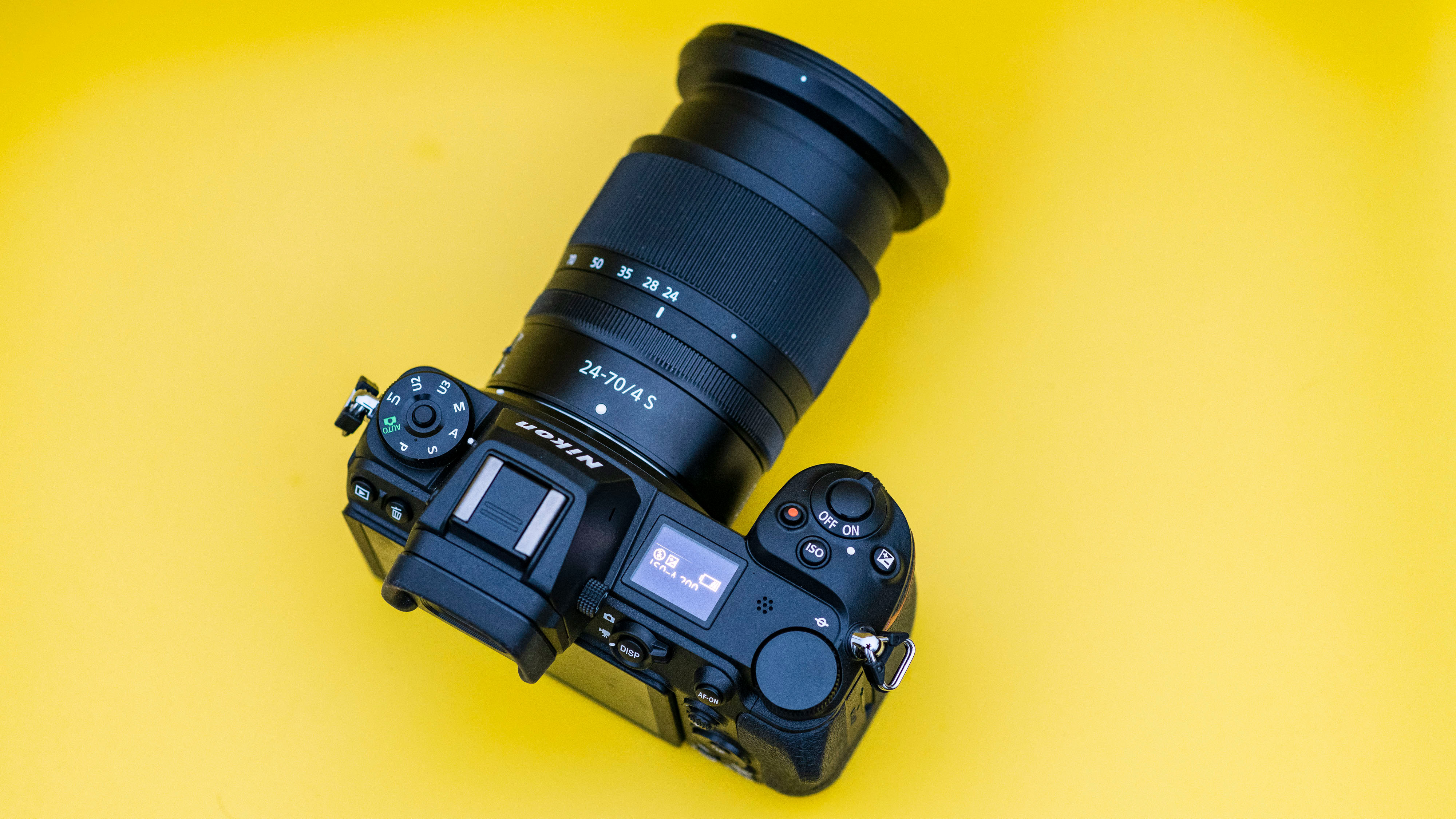Drone rules: Do you need to register your drone? Where can you fly it legally in USA, UK and beyond?
The rules of flying drones keep changing... this is what you need to know to keep legal right now
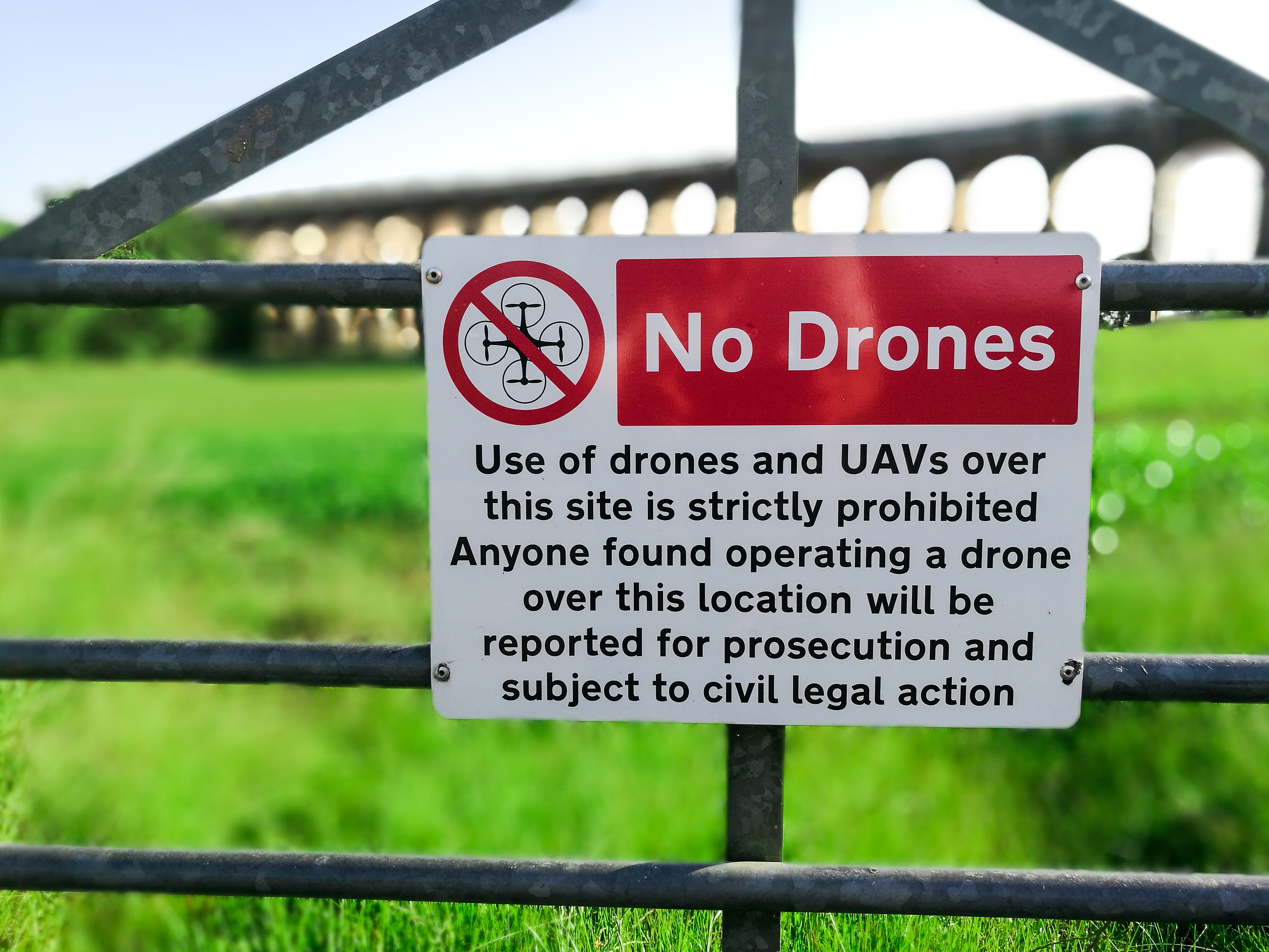
The recent launch of the DJI Mini 2 has highlighted the biggest growth area in drones: lightweight. The Mavic Mini and Mini 2 are designed to weigh below the 250g (0.55lb) weight beyond which you’ll need official registration in the USA and Canada, but that isn’t enough to keep the British cops away.
Getting started
• Best camera drones
• Best drones for beginners
• Drone flying for beginners
• Drone rules: US, UK and beyond
More guides
• Best DJI drones
• Best underwater drones
• Best drone accessories
• Best drones for kids
• Best indoor drones for fun
• Make money from a drone
Innovation always leads to new need for new regulation. The best drones certainly mark such a revolution, opening the skies to a broad range of consumers – with a far wider appeal than the older niche hobby that was radio-controlled planes.
There were always rules, of course, but now the world is watching, so regulations have been tightened and formalized in a way which was simply not true when the first drones appeared. Most significantly, nearly every drone with a decent camera, or its pilot, or both now needs registration.
It's also very likely you’ll need to pass some kind of exam, even if it is online, to prove you can fly a drone safely and legally. Below is our expert guide on what you can and can't do – and how to stay on the right side of the law with your quadcopter.
Defining devices
The term “drone” seems to be the one we’re stuck with, but it’s actually one the early community of hobbyists never really liked. It dates back to early military unpiloted ‘target’ aircraft used for practice, and is associated with unmanned bomb raids in more recent conflicts. Hobbyists tend to prefer “quad,” short for quadcopter. That’s a bit specific for regulators though, who also want the rules to apply to drones with 6 or more propellors, or those shaped like flying wings.
To side-step this confusion, the lawyers generally stick with the terms Unmanned Aircraft System (UAS), Unmanned Aerial Vehicle (UAV) or Remotely Piloted Aircraft Systems (RPAs). Most drones also feature a camera, which technically makes it a Surveillance UAS, or sUAS, which matters.
Weight
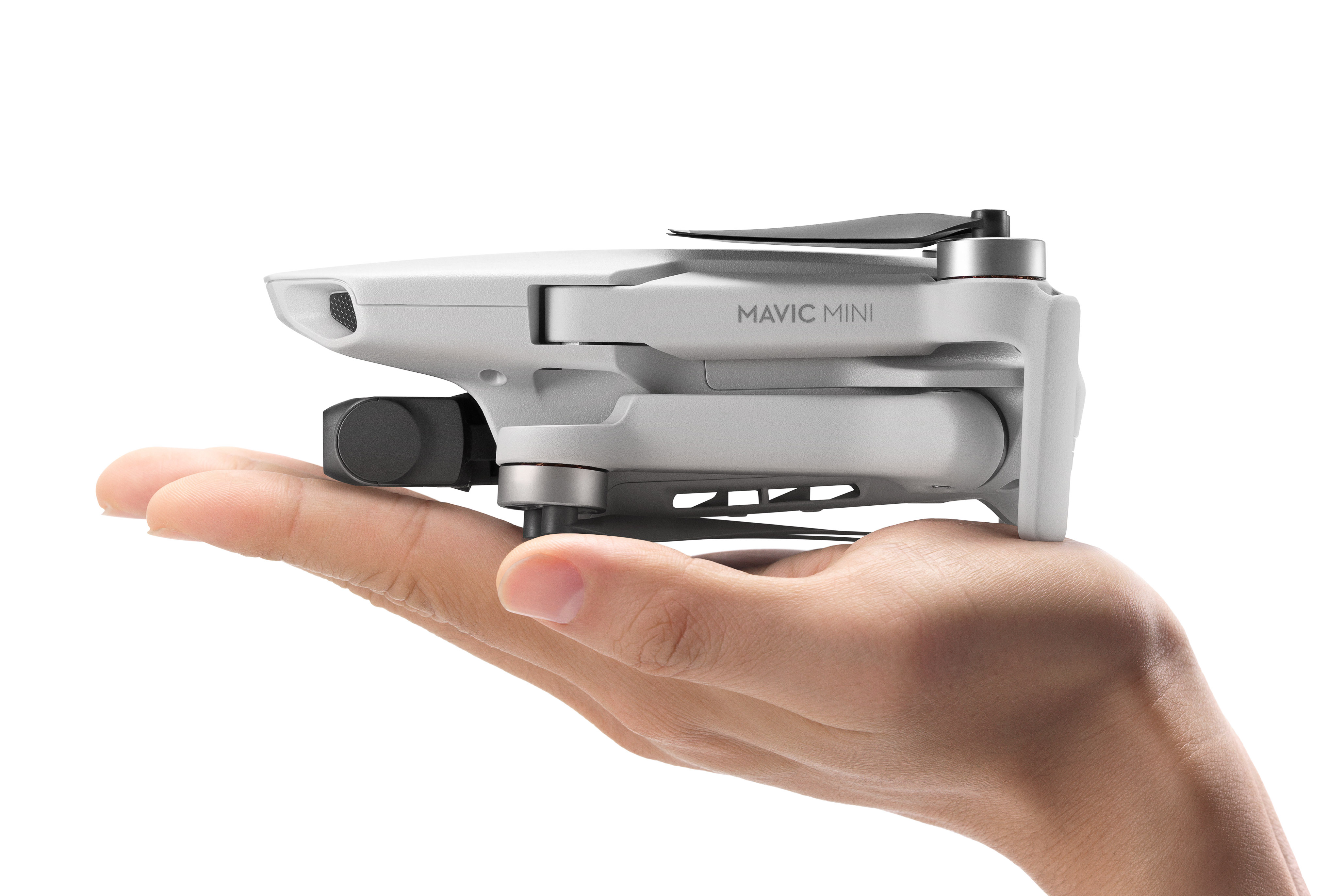
The big get-out from registration was (largely still is) weight. The UK, USA, Canada and China only require registration for UAVs which have a take-off weight (including battery) of 250g or more, which is why the DJI Mavic Mini, and successor Mini 2, were such big news. In the UK, however, the presence of a camera on even a sub 250g drone means the Civil Aviation Authority (CAA) are very clear that it is “not a toy” so an Operator ID will still be required.
Get the Digital Camera World Newsletter
The best camera deals, reviews, product advice, and unmissable photography news, direct to your inbox!
UK Flyer ID and Operator ID
The UK Operator ID is a single document, a bit like an insurance certificate (without the insurance), that allows you to register as the legal owner of a drones. It needs renewing for £9/year, every year, from the UK Civil Aviation Authority, and you need to be 18 years old to get one.
The Operator ID is a piece of paper to keep in your bag, but the Flyer ID. The Flyer ID is specific to the UAV in question, and required only on all aircraft over 250g (but encouraged for all aircraft, and free so there isn’t a good reason to avoid it). It is the Flyer ID which is accompanied with a knowledge test (pass mark 75%) and the minimum age is 12 but it is valid for 5 years.
UK/EU Cap 2012
The copied the system it’d been party to developing while still a member of EASA. As well as the ID documents, it centers around a risk table in which flights are categorised in terms of low-risk (Open), medium-risk (Specific) and high-risk (Certified). The last two require special paperwork, but ‘Open’ is divided into A1 (Over people), A2 (Close-to people) and A3 (Far from people).
The rules table restricts you to certain aircraft categories depending on which flight type you’re undertaking; A1 needs to be a toy, A2 which is 30m away from people, and A3 which is 150m horizontally. Drone classes (C0-C4) will emerge with new launches in the next 2 years or so, and will be compulsory in 2023. For now, no drones have earned a class. They will be earned at product launch, like a safety certificate, but until then all drones are being called ‘legacy drones.’
There are some curious anomalies, for example a legacy drone is limited to 2Kg in A2, while a certified C2 can be up to 4Kg in the A2 space. That means an Inspire 2 is stuck out in A3 without specific authorisation. So, too, is any legacy drone over 250g unless you pay for and sit an A2 Certificate of Competence (CofC) theory course which will get you reprieve until 31st December 2022 before you’ll need a new drone to pick up that class marking.
USA
The land of the free has broadly adopted a straightforward approach to drone rules but are now moving toward a similar product approval approach. UAVs in the USA will be required to fit ADS-B, a device which broadcasts the drone’s location to nearby aircraft and preclude the aircraft from taking off if this system is unavailable. Somewhat unfairly given the delicate balance of drone design, the FAA are also requiring ADS-B to be retrofitted to older drones too and – more unreasonably too – haven’t provided a lot of detail about how this might be done, however, manufacturers have 18 months to implement the technology, and pilots another 12 months after that to comply. Oddly, for quite different reasons, pilots in the UK and USA are being compelled to buy new equipment in the next two years simply to keep up with regulations (though at least in the USA a Mavic Mini 2 is excused thanks to its weight).
While UK and Europe have also done away with the distinction between commercial and hobby use, in the USA a ‘Part 107’ is needed if you’re commercializing your content in any way whatsoever (even earning a couple of cents YouTube royalty). You can find courses and practice tests online at companies like https://remotepilot101.com/. If you have a Part 107, it’s possible to fly at night and over people without prior approval in certain circumstances explained below.
Canada
Recreational flight in Canada requires the pilot to pass a ‘Small Basic Exam’, for which the pilot must be over 14 years to take, or face a $1,000 fine. This will allow you to conduct ‘basic operations’ (flying at least 30m from bystanders, 3 nautical miles from an airport or 1 from a heliport and in uncontrolled airspace). You also need to mark tyour drone with a registration number from Transport Canada and, should you want to undertake ‘advanced operations’ you will need to be over 16 and pass a ‘Small Advanced Exam’ with professional review. Canada Government Site.
Carry your certificate!
It should go without saying, but the certificates we discuss here, once obtained, must be kept with you when you’re out flying. It’s also very sensible to carry a pre-flight checklist. A simple list of things to do, like set the automatic return to home height above the height of nearby structures, will impress anyone from an aviation authority ultimately will only want to know if you intend to act safely or not. Security agencies can also review your paperwork on request, of course.
Drone rules around the world
| Header Cell - Column 0 | USA | UK | Canada |
|---|---|---|---|
| Range | VLoS | 500m / 0.31 miles (and visual) | VLoS |
| Ceiling | 120m / 400ft | 120m / 400ft | 120m/400ft |
| Bystander distance | Not specific | Over - 150m (Depends on weight) | 30m |
| Registration weight | 250g-25Kg | 250g-20Kg | 250g-25Kg |
| Registration fee | $5 / 3 years | £9 / year | $5 |
| Registration site | FAA Drone Zone | Civil Aviation Authority | Transport Canada |
US registration site: FAA Drone Zone
UK registration site: Civil Aviation Authority
Canada registration site: Transport Canada
Ceiling
In all the jurisdictions here – and indeed most – drones are restricted to flying to a maximum height of 120m/400ft AGL (Above Ground Level). That means about the height of the ground directly beneath the drone (not including buildings). For the most part this stays out of the way of civil aviation, which tends to operate at 500ft or above except when landing.
You must always be mindful, however, of helicopters entering the area you’re operating in, and land as quickly as possible. Some drones can technically fly much higher – into the thousands of feet – but this is illegal and very dangerous; wind at these altitudes could easily whip your drone away from you.
Range & Visual Line of Sight (VLoS)
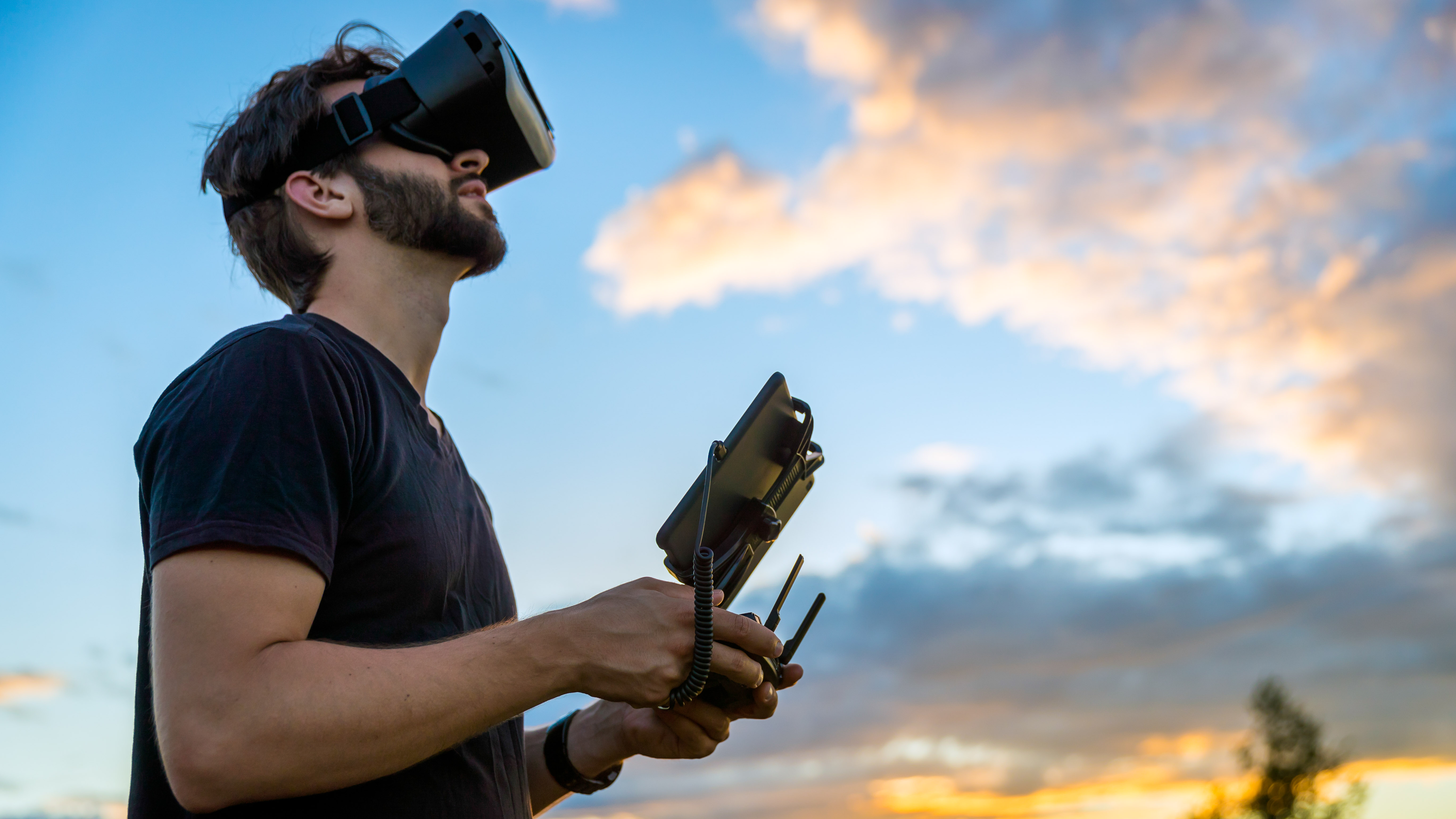
One of the biggest selling points of a drone is the distance the drone can fly from you, with the likes of DJI and Parrot talking about 4,000m (2.5 miles) and in some cases 8,000m (5 miles) transmission distances.
In most countries these distances are a moot point. In the UK, and much of Europe, the limit for distance from the pilot to the drone is 500m (550 yards), and the pilot must have Visual Line of Sight (VLoS), meaning they must have an unobstructed view of the aircraft from where they’re standing (and must actually be able to see it – not just the general area of airspace). What you can see on the LCD monitor is not considered good enough.
In the USA, VLoS is a requirement, but there isn’t a specific distance limit. In both cases, though, VLoS is considered to be less for a smaller aircraft which can’t physically be seen at that distance. It’s worth bearing in mind that radio waves – the control signals – also travel in straight lines, so this regulation will help ensure you don’t lose your drone.
Keeping your distance

In the UK, you must keep your drone at least 50m horizontally from ‘uninvolved persons’ unless it falls within A1 (sub 250g) category in which case you can fly over people (but not crowds), even in residential, commercial, industrial and recreational areas. Bigger or older drones face further restrictions, so check the CAA table.
Rules in the US are similar if a little more straightforwardly worded – you’re not allowed to fly over groups of people, stadiums, sports events, or near emergency response efforts. It should probably go without saying, but you’re also meant to be sober! Dig a little deeper, though, and you’ll find inconsistent regulation between FAA rules on drones and model aircraft.
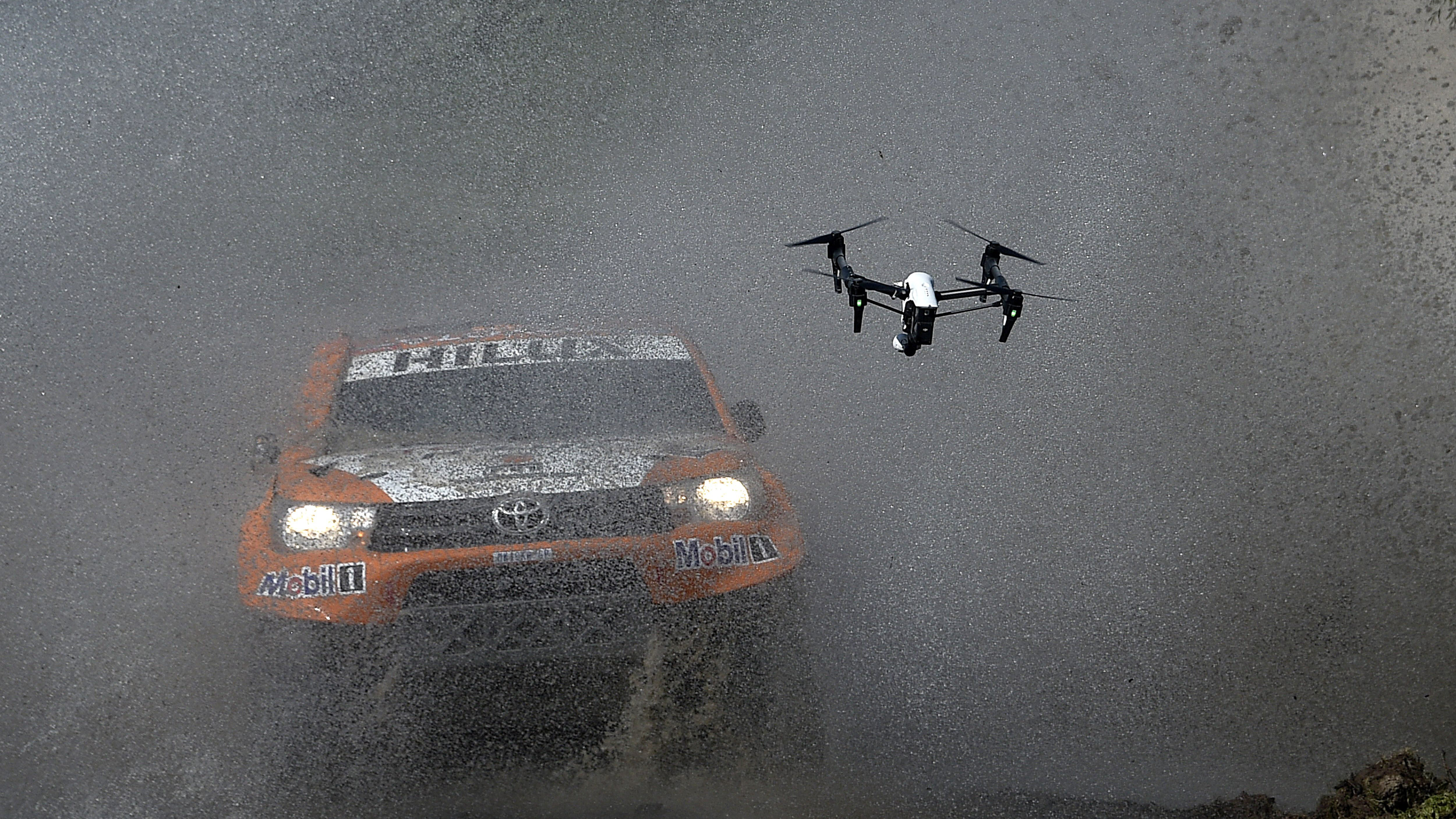
Controlled airspace & airports
Airports are considered no-fly zones for UAVs for obvious reasons. In the UK an ‘Aerodrome Traffic Zone” is a radius of 2.5 nautical miles from the centre of the longest runway, with an additional rectangular protection zone 1km wide and 5km from each tip of the runway. For a single-runway airport the resulting no-fly zone looks like a bit like the London Underground logo.
In the US you simply need to be 5 miles from the airport, while in Canada the distance is 3 nautical miles (5.6km).
The easiest way to find out if you’re too near an airport is to use one of the online tools. In the UK the excellent Drone Assist app by the National Air Traffic Service (NATS) is available on iOS and Android. This also shows live notifications – called NOTAMS – of temporary restrictions for events like an air show.
In the USA, there are similar services including AirMap and the much improved B4UFly from the FAA itself but developed with Kittyhawk, for iOS, Android or as a web visit.
It’s worth remembering that many drone manufacturers use their GPS systems to geofence sensitive locations like airports, but they do not necessarily use the correct legal distances. DJI provide an interactive map which indicates their geofencing, and is a great way to check for airspace issues whatever brand you use.
In the USA, new rules will come into force in March 2021 which will prevent a drone hovering over a public road (except to pass over it) or public assembly unless the member of the public assembly is sheltered with ‘reasonable protection from a falling’ sUAV.
Night Flight
In the UK flight should be in the hours of ‘daylight’ (from 30 minutes before sunrise to 30 minutes after official sunset). Night-flight requires CAA approval. In the USA this used to be true, but when the FAA new rules go into force at the end of February 2021 they permit night flight only of drones fitted with Remote ID (ADS-B), or at certain FAA-recognised locations (which weren’t specified in the announcement of the rule). The FAA sees this as a way of making it easier for a growing market sector.
USA No-fly Zones
You might think the much physically bigger USA would offer more space, but in practice there are plenty of restrictions:
• National Parks
• Military bases
• Within 15 miles of the White House
• Camp David
• Marine Protection Areas
• Sports arenas
• Wildlife refuges (the minimum flight height over these is 2,000ft, well above the max height for UAVs.
• Prisons
• Most, but not all, State Parks
You should also remember that the USA sometimes acts like 50 different countries when it comes to legal matters.
UK No-Fly Zones
It won’t be a surprise to know you’re not allowed to fly over prisons, but that’s only the start of a very long list of places which have banned drones. These include:
• All London Royal Parks
• Power Stations
• Military bases
• Numerous councils, including Chelsea, Lewisham, Dagenham, Barking – look for bylaws which should be posted.
You can get permission from the CAA on a case-by-case basis, an indeed from airports, if you meet the requirements.
Canada No-fly Zones
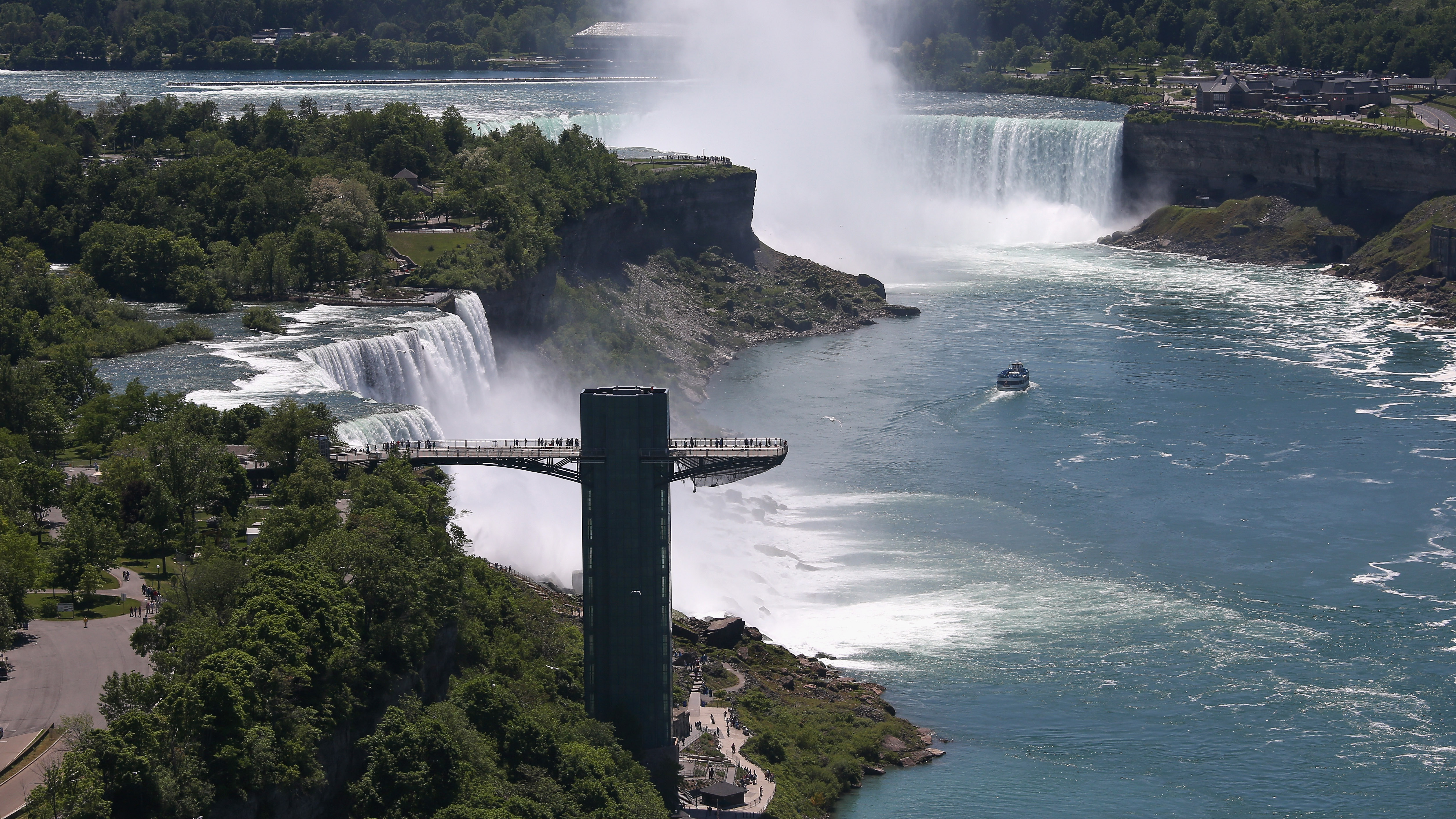
Just like its neighbor to the south, Canada bans:
• National Parks
• Military bases
• Emergency operations (disaster relief or active policing)
• Advertised events (concerts, sports)
• Crossing borders
Land owners
At some point in your flight, you’re going to need to take off and land. That means you’re going to need the permission of the person who’s land you’ll be doing that from (since the bubble discussed above very much includes the ground when the drone is on or near it).
Plenty of NGOs own large tracts of UK land and are not drone-friendly, like the National Trust, which has opted for a “strict policy.”
When you see videos online that seem to contravene the rules we’ve seen, either the users had permission or were breaking them. If it’s the latter, they’ve just posted a time-stamped piece of evidence!
Commercial use
In the UK and Europe the confusing and largely unnecessary distinction between hobby and commercial use has been retired, but if you fall under the jurisdiction of the FAA it’s very easy to find that you’ve become a commercial operator. Shoot a video for someone else’s Instagram or YouTube and, especially if they’re promoting services, you’re effectively providing a service to a commercial client (even if you didn’t charge them).
You can find USA’s FAA definition here; crucially commercial use comes with additional regulatory requirements, but the qualifications required can also yield certain advantages when comes time to distance limits and the use of controlled airspace. In the US it’s called Part 107. (The old UK Permission For Commercial Operation, or PfCO, can be renewed if already held, but aspiring new pilots will have to look for the A2 CofC instead, and perhaps the Operational Authorisation which is the test for riskier operations.
Just be sensible
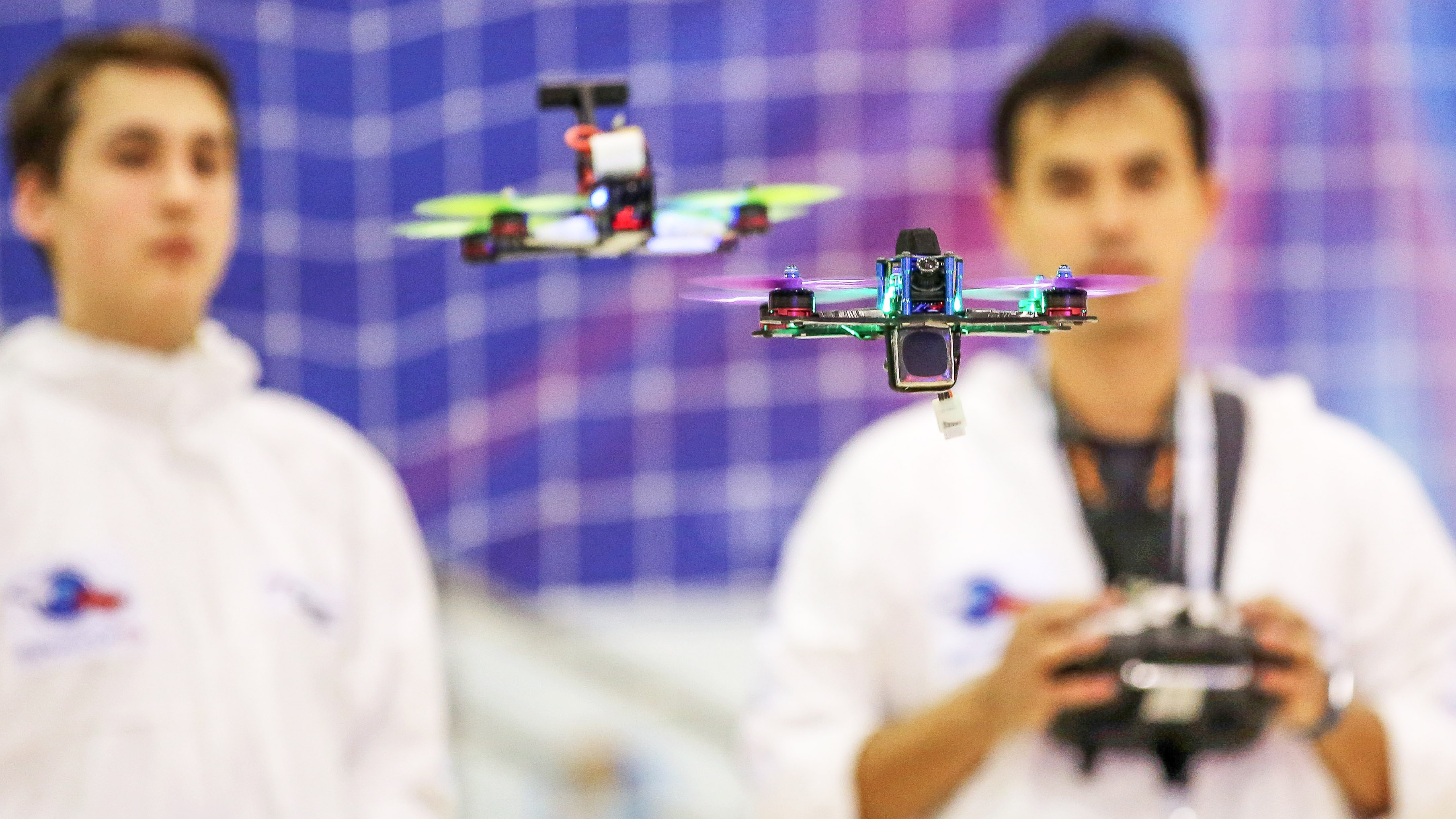
The regulations can sound pretty burdensome, but remember to take a friendly approach when challenged and – if you’re operating an aircraft over 250g – carry with you the certification documents and make sure you’ve stuck your Flyer ID or pilot number on the drone (it’s OK to use the battery compartment if you don’t want it to spoil the appearance).
Airspace is for everyone unless one of the restrictions applies, but police are entitled to ask for evidence of your registration and, where appropriate, qualifications. In some cases you might also want to be able to demonstrate a right to fly (in the same way some photographers carry notes on the ‘right to photograph’ to help them make their case if challenged). More importantly, though, if such a discussion is looming make sure you land before conducting it.
If you’re taking your drone abroad, you’ll need to register with the aviation authority for the country you’re visiting if it is allowed, or follow relevant rules, which will likely also mean speaking and reading in the local language. Following Brexit, the British flying documents have no validity in Europe even though the rules are essentially the same.
Read more
Best camera drones
Best drones for kids
Best DJI drones in 2021
Best drones for beginners in 2021
Best drone accessories: essentials for your DJI drone and other quadcopters

With over 20 years of expertise as a tech journalist, Adam brings a wealth of knowledge across a vast number of product categories, including timelapse cameras, home security cameras, NVR cameras, photography books, webcams, 3D printers and 3D scanners, borescopes, radar detectors… and, above all, drones.
Adam is our resident expert on all aspects of camera drones and drone photography, from buying guides on the best choices for aerial photographers of all ability levels to the latest rules and regulations on piloting drones.
He is the author of a number of books including The Complete Guide to Drones, The Smart Smart Home Handbook, 101 Tips for DSLR Video and The Drone Pilot's Handbook.
